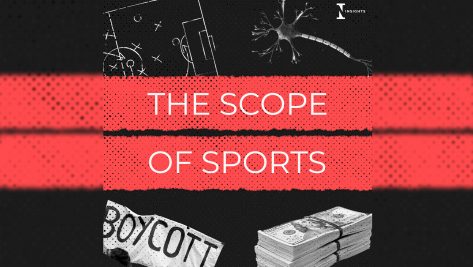A successful Customer Experience (CX) can be defined as the ability for every touchpoint a customer has with a company’s products and services to match the customer expectations for those touchpoints. Over the last decade, CX has been increasingly seen as a matter of strategic importance.
In many companies, however, CX efforts are tucked away inside either Marketing or in Customer Service departments. This is not inherently bad. It just means that CX is likely to be narrowly framed by the context of that department’s scope of activities.
In Marketing, departments, for example, CX activities are often confined to developing specific areas such as loyalty programs and reducing customer churn rates. When CX teams belong to the Customer Service department, the CX team tends to frame its role from the lens of Time to Resolution and Customer Satisfaction. Neither of these two situations indicates the work those teams do isn’t valuable, it’s just that CX can hardly be called strategic when defined so narrowly.
In recent years, however, we have seen the emergence of CX activities operating on a more strategic level – and even reporting to the highest levels of the organization. Companies that support CX’s strategic contribution recognize that CX is by definition transversal. In this context, the CX function is empowered to create programs that make customer experience an issue of concern for every area of the organization.
Still, while this transversal focus and strategic mandate are necessary ingredients, they do not guarantee a successful and differentiated CX that is well-aligned with the company’s Brand Strategy. There are other, just-as-critical inputs companies must first put in place.
Robust research methodologies and design
Understanding customers and their needs is the foundation for delivering successful products and services. To do this, many companies rely on customer surveys and usage analytics to understand where the customer issues occur and with what frequency. To complement this, many companies also add focus groups to understand how groups of customers think about the company’s products and services.
Unfortunately, these methodologies provide an incomplete understanding of customers’ needs. This leads to superficial or even misguided ideas for addressing those needs.
To avoid this, CX research activities must include other methodologies more adapted to understanding how and why customers make decisions when they interact with different company touchpoints. Mainly, this involves interviewing and observing customers in the context of those touchpoints. As such, CX teams must be skilled in conducting contextual interviews. These qualitative research techniques should not replace other methodologies such as surveys. Instead, they enrich them in ways that provide new dimensions to a company’s understanding of its customers.
The next shortcoming many organizations have when researching customer requirements is that they are superficial in their attempt to understand what they’ve learned from their research. Analysis of quantitative and qualitative input is difficult, but there are analysis methodologies that enable research teams to move beyond the superficial. More simply stated, without good analysis, CX research tends to yield findings like “Customer said they wanted X, so we deliver X.” With proper analysis techniques, the team reveals the customers’ hidden, unarticulated needs which enables them to generate differentiated experiences to address those needs: “Customers said they wanted X, we observed they needed Y, but it appears Z will solve both requirements.”
Here we come to the final critical ingredient necessary for designing a great CX: a design process. This may sound like a tautology, but the thing to stress is that many CX teams have little training in product and service design. They tend to jump right to defining then delivering solutions to customer problems. Designers, however, understand that the ideas that come out of analysis require validation. They know how to build prototypes. They know that, as they learn from user testing their prototypes, some of their ideas for solutions will need to be replaced with new, more refined, ideas. Design is iterative. All of this knowledge is critical to designing great CX.
Customer journey maps
While there are many tools, skills and methodologies that are part of the CX designer’s toolkit, the customer journey map stands out. The reason is simple: The customer journey map enables viewing all touchpoints with customers across all stages of the journey. This enables the company to understand the interdependency of these touchpoints and the obstacles that they may present for customers at different stages of the journey.
This rich, holistic view enabled by a customer journey provides an opportunity for CX teams to better align with brand strategy. Brand strategy—through touchpoints such as website, advertising, and print media—typically emphasizes the early stages of the customer journey that create brand awareness. Customer journey maps, however, provide the template for describing how the brand voice and messages can be embedded into each touchpoint and cascaded to each stage across the entire journey.
In this context, we reiterate the need for CX teams to be skilled in qualitative research methodologies and the processes to make sense of customer research through analysis. Only then can the customer journey map, one that is based on research and analysis of the customers’ true journey across a company’s touchpoints, enable a shared vision for the consistent and coherent implementation of Brand Strategy. By working together, Brand Strategy and CX teams can then design touchpoints that are optimized to deliver a truly differentiated and successful Customer Experience.
© IE Insights.











